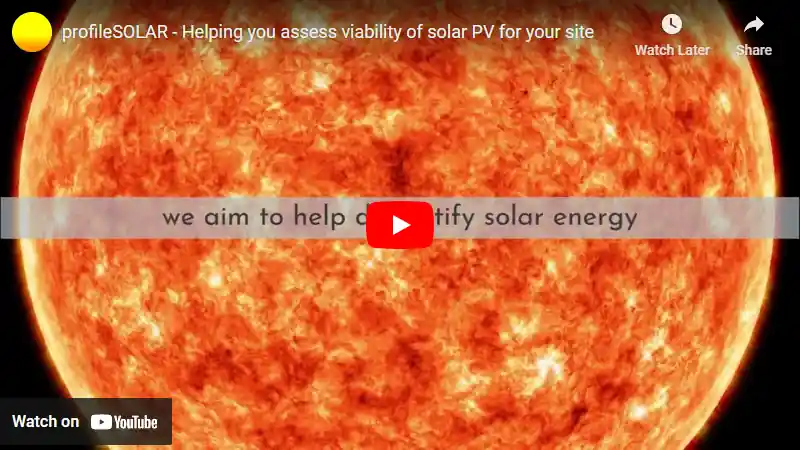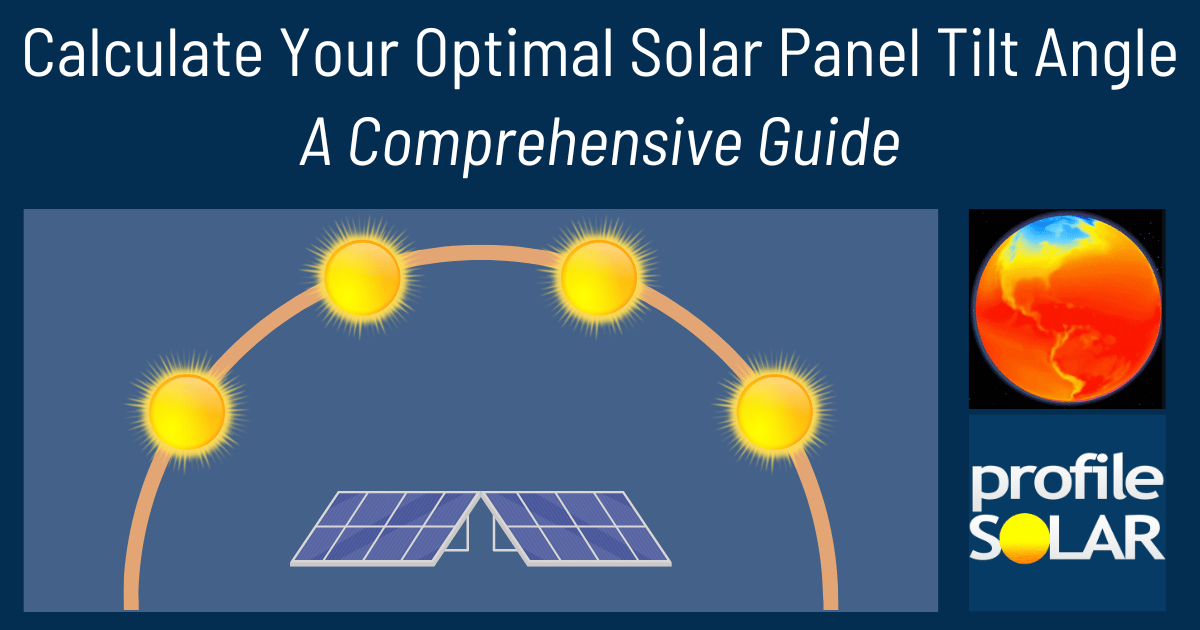

Lowell, Massachusetts, in the United States, is a decent place for generating solar energy year-round. However, it's not perfect due to seasonal variations. The amount of electricity that can be produced from solar panels changes with the seasons.
During summer and spring, when there are more daylight hours and the sun is higher in the sky, you could expect to generate about 5.75kWh/day and 5.42kWh/day respectively per kW of installed solar power. This means these are ideal times for generating solar energy at this location.
However during autumn and winter when days are shorter and sunlight less intense due to lower sun position in the sky (with average outputs of 3.35kWh/day and 2.01kWh/day respectively per kW), your system will produce less electricity.
For a fixed panel installation at this location, tilting panels at an angle of 37 degrees facing south would maximize total year-round production from your solar PV system.
There may also be some local factors that could potentially affect how much energy you can generate from your solar panels in Lowell such as weather patterns like snowfall or heavy rainfall which can cover up your panels reducing their efficiency or even damaging them; tall buildings or trees blocking sunlight; air pollution/dust particles on panel surfaces etc.
To prevent these issues affecting your output:
1) Regularly clean off any dust or debris on your panels.
2) Trim back any overhanging branches that may block sunlight.
3) Install snow guards if heavy snowfall is common as they help prevent accumulation on the surface of the panels.
4) If possible choose a spot for installation where there's minimal shadowing throughout day/year.
5) Use high quality durable equipment suited to withstand local weather conditions.
In summary: while Lowell isn't perfect for year-round high-level output due to its temperate climate with significant seasonality effects (especially winter), it still offers good potential for solar energy production especially during spring/summer. With proper installation and maintenance, you can maximize your solar energy output in this location.
Note: The Northern Temperate Zone extends from 35° latitude North up to 66.5° latitude.
So far, we have conducted calculations to evaluate the solar photovoltaic (PV) potential in 905 locations across the United States. This analysis provides insights into each city/location's potential for harnessing solar energy through PV installations.
Link: Solar PV potential in the United States by location
Become the exclusive sponsor for Lowell, United States!
Solar output per kW of installed solar PV by season in Lowell
Seasonal solar PV output for Latitude: 42.6481, Longitude: -71.3343 (Lowell, United States), based on our analysis of 8760 hourly intervals of solar and meteorological data (one whole year) retrieved for that set of coordinates/location from NASA POWER (The Prediction of Worldwide Energy Resources) API:




Ideally tilt fixed solar panels 37° South in Lowell, United States
To maximize your solar PV system's energy output in Lowell, United States (Lat/Long 42.6481, -71.3343) throughout the year, you should tilt your panels at an angle of 37° South for fixed panel installations.
As the Earth revolves around the Sun each year, the maximum angle of elevation of the Sun varies by +/- 23.45 degrees from its equinox elevation angle for a particular latitude. Finding the exact optimal angle to maximise solar PV production throughout the year can be challenging, but with careful consideration of historical solar energy and meteorological data for a certain location, it can be done precisely.
We use our own calculation, which incorporates NASA solar and meteorological data for the exact Lat/Long coordinates, to determine the ideal tilt angle of a solar panel that will yield maximum annual solar output. We calculate the optimal angle for each day of the year, taking into account its contribution to the yearly total PV potential at that specific location.

Seasonally adjusted solar panel tilt angles for Lowell, United States
If you can adjust the tilt angle of your solar PV panels, please refer to the seasonal tilt angles below for optimal solar energy production in Lowell, United States. As mentioned earlier, for fixed-panel solar PV installations, it is optimal to maintain a 37° South tilt angle throughout the year.
| Overall Best Summer Angle | Overall Best Autumn Angle | Overall Best Winter Angle | Overall Best Spring Angle |
|---|---|---|---|
| 26° South in Summer | 47° South in Autumn | 57° South in Winter | 36° South in Spring |
Our recommendations take into account more than just latitude and Earth's position in its elliptical orbit around the Sun. We also incorporate historical solar and meteorological data from NASA's Prediction of Worldwide Energy Resources (POWER) API to assign a weight to each ideal angle for each day based on its historical contribution to overall solar PV potential during a specific season.
This approach allows us to provide much more accurate recommendations than relying solely on latitude, as it considers unique weather conditions in different locations sharing the same latitude worldwide.
Topography for solar PV around Lowell, United States
Lowell, Massachusetts is located in the northeastern part of the United States. The topography around Lowell is relatively flat with some gentle rolling hills. It's situated at the confluence of the Merrimack and Concord rivers, and it also has a canal system that was historically used for industrial power.
The region experiences a humid continental climate which means it has warm summers and cold winters. While snowfall can be heavy in winter, there are still many sunny days throughout the year making solar PV feasible.
The most suitable areas for large-scale solar PV installations would likely be open fields or unused industrial land within or near Lowell city limits to reduce transmission losses. Also, flat rooftops on large commercial buildings could potentially accommodate solar panels.
In terms of specific nearby areas, Chelmsford and Dracut have substantial open space that could potentially host large scale solar farms if zoning allows. Tewksbury also has several large commercial properties where rooftop installations might be possible.
However, any concrete decision should consider factors such as local regulations regarding renewable energy projects, potential shading from surrounding features (like trees or buildings), proximity to electrical grid connections, among others. A detailed site assessment by professionals would provide more accurate information.
United States solar PV Stats as a country
United States ranks 2nd in the world for cumulative solar PV capacity, with 95,209 total MW's of solar PV installed. This means that 3.40% of United States's total energy as a country comes from solar PV (that's 26th in the world). Each year United States is generating 289 Watts from solar PV per capita (United States ranks 15th in the world for solar PV Watts generated per capita). [source]
Are there incentives for businesses to install solar in United States?
Yes, there are several incentives for businesses wanting to install solar energy in the United States. These include federal tax credits, state and local rebates, net metering policies, and renewable energy certificates (RECs). Additionally, many states have enacted legislation that requires utilities to purchase a certain amount of electricity from renewable sources such as solar.
Do you have more up to date information than this on incentives towards solar PV projects in United States? Please reach out to us and help us keep this information current. Thanks!
Feeling generous?

Share this with your friends!


Compare this location to others worldwide for solar PV potential
The solar PV analyses available on our website, including this one, are offered as a free service to the global community. Our aim is to provide education and aid informed decision-making regarding solar PV installations.
However, please note that these analyses are general guidance and may not meet specific project requirements. For in-depth, tailored forecasts and analysis crucial for feasibility studies or when pursuing maximum ROI from your solar projects, feel free to contact us; we offer comprehensive consulting services expressly for this purpose.
Helping you assess viability of solar PV for your site
Calculate Your Optimal Solar Panel Tilt Angle: A Comprehensive Guide
Enhance your solar panel's performance with our in-depth guide. Determine the best tilt angle using hard data, debunk common misunderstandings, and gain insight into how your specific location affects solar energy production.






